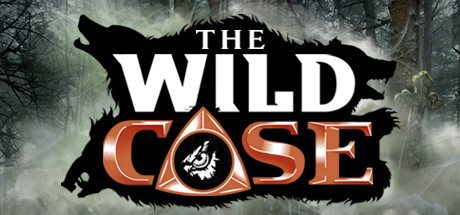The Wild Case
by Specialbit Studio





The Developer Says...
The Wild Case is a 2D first-person point-and-click adventure. In this story-focused adventure, players meet a cast of colorful characters, experience mysterious encounters, and solve puzzles to progress through the game.
Keywords
Players Like...
❤ Exploration and Narrative-Driven Gameplay
Players take on the role of an investigator summoned to a remote Eastern European village to look into reports of strange, glowing-eyed creatures terrorizing the inhabitants. The gameplay primarily revolves around exploring the village, interacting with its eccentric residents, and solving logical puzzles to progress the narrative. The game world is fairly linear, with new areas and quest objectives unlocking as players advance the story. However, reviewers noted a sense of freedom in being able to explore the village at their own pace and interact with the diverse cast of characters. The lack of a hint system or objective markers forces players to pay close attention to conversations and their surroundings to determine the next course of action. Reviewers praised the logical nature of the puzzles, which require combining inventory items and applying information gathered through dialogue and exploration. While the game can be completed relatively quickly (around 2-4 hours), the length was considered appropriate for the scope of the story and puzzles.
❤ Immersive Atmosphere and Charming Narrative
One of the standout aspects of the experience is the immersive atmosphere created by the hand-drawn 2D art style and environmental sound design. The remote, almost abandoned village feels authentically Eastern European, evoking a strong sense of mystery and intrigue surrounding the strange occurrences. While the main character is somewhat underdeveloped, reviewers enjoyed the interactions with the colorful cast of supporting characters and the way the story unfolds through dialogue and exploration. The narrative may not be groundbreaking, but it is well-paced and engaging enough to keep players invested in unraveling the central mystery.
❤ Accessibility and Difficulty
The game is generally considered to be a relatively accessible point-and-click experience, with logical puzzles and a straightforward progression system. The lack of a hint system or objective markers may be off-putting for some players, as it requires a willingness to experiment and revisit areas to advance. However, most reviewers felt that the difficulty level was appropriate, providing a gentle challenge without too much frustration.

